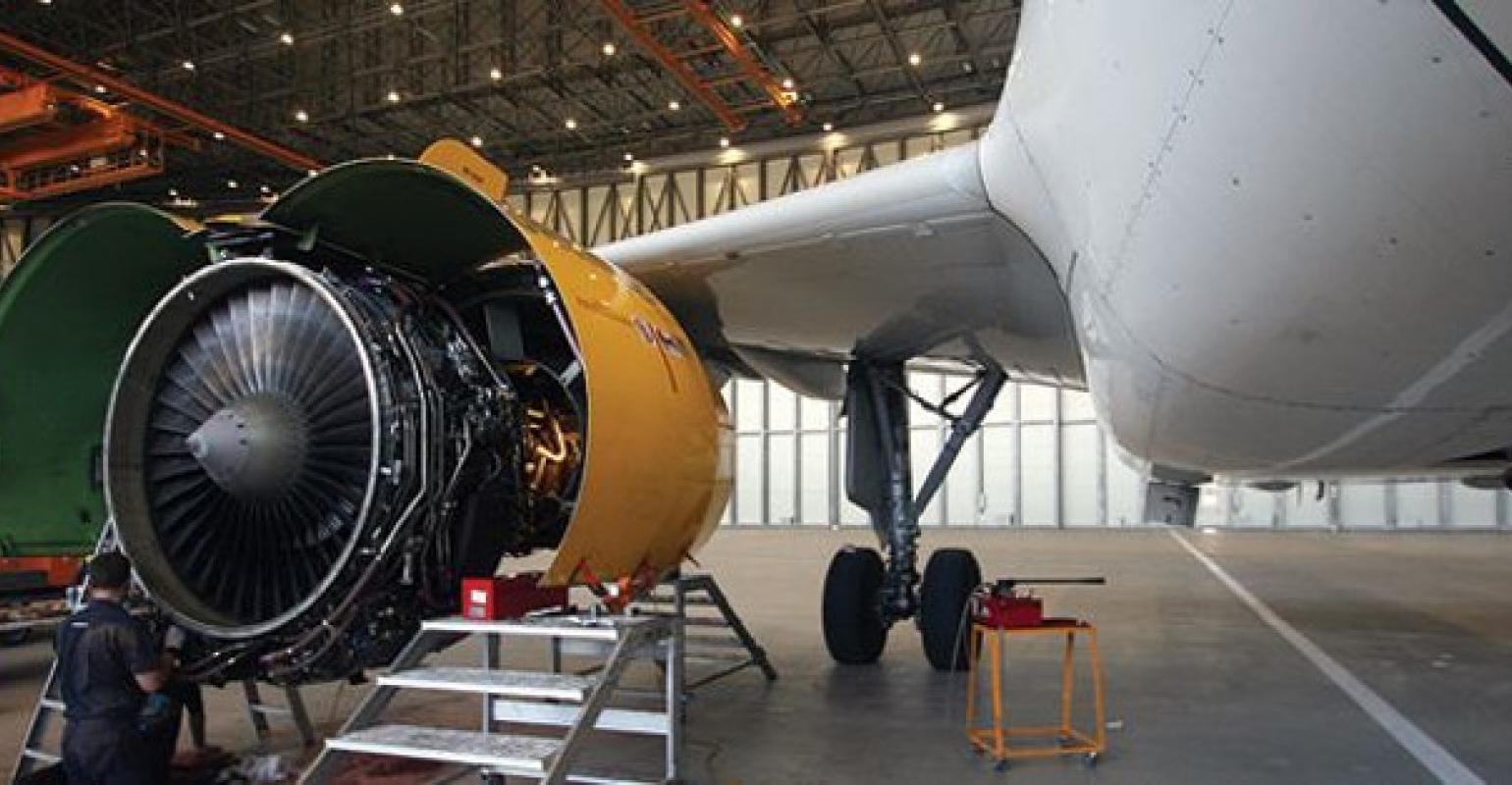
Starved for heavy checks, many independent MROs are looking forward to lease-transition work. But most lease transitions in the COVID-19 world—and the MRO that accompanies them—will look very different, says IBA President Phil Seymour in a recent webinar.
That is because lease returns most likely will come into MRO shops in irregular, stop-and-go increments as airlines, lessors, financiers, bankruptcy courts and others figure out how to deal with the new post-virus aviation world. This will require flexibility on the part of MROs and some smart planning by airlines and lessors.
IBA predicts that about 1,000 aircraft will return to lessors without a new home or next leasing airline in 2021.
Traditionally, the time between leases averaged about three months for narrowbodies and six months for widebodies. A poll of 400 webinar attendees found only 4% expecting the same period between leases next year. One-quarter of respondents expect narrowbodies to wait six months for placement and widebodies nine months. Nearly 40% predicted narrowbodies would take nine months to fly again—triple the recent period—and widebodies 12 months. One-third of surveyed experts expect placement to take even longer.
Seymour considered the survey results to be “optimistic.”
Instead of traditional seamless, prearranged lease transfers, IBA expects these much longer lease transitions broken up into several parts: redelivery itself, with borescope inspections and checks of cabins, systems and records; ferry flights; storage, preservation and maintenance induction; remarketing; and finally reactivation and removal from storage. Each step may take place quite a while after, and at quite a distance from, the preceding step.
This slow, step-by-step approach raises several questions. “Without a follow-on lease, do all return conditions need to be met?” Seymour asks. Perhaps some conditions can be avoided or deferred, or “monetized,” that is, the former lessee paying a charge rather than having the work done.
If an aircraft is headed for permanent storage, that may reduce the workscope required for return.
In the past, the onward lessee might want upgrades done during the return maintenance. With no new lessee known, that will not happen.
In any case, the challenges of lease returns will be somewhat different in this new world. In the past, records and engines were significant causes of delays. Seymour expects both problems to worsen: records because airline layoffs have thinned out the staff able to prepare and check records, and engines because it may be hard to track down where an engine is and in what condition it is in.
Due to airline layoffs, “Sometimes we have to wait weeks just to get access to an aircraft to check on maintenance and preservation programs,” says Peter Walter, IBA director of technical and asset management. At one European airline, IBA had to find, train and employ ex-airline staff to do the checking, Walter notes.
“We’re finding a lot of engines are scattered around the world at various engine shops and at various stages of induction” says IBA Senior Asset Manager Peter Aldis. “It is very difficult to get your foot in the door and contact the OEM and find out where your engine is currently located and what status it is in.” Aldis says this is a special challenge under finance leases as OEMs want non-disclosure agreements in place before discussion, and these agreements take several weeks to conclude. Seymour adds that many of his former “go-to” colleagues at OEMs are no longer there and thus not available for consultation.
Disagreement over contracts accounted for only a very small portion, 8%, of redelivery problems in the past, but Seymour expects these disagreements to be much more important in the pandemic world. Walter notes that sometimes, under pressure, there have been oral amendments to lease agreements that are not documented and signed and thus can prompt later disputes.
Another challenge is that required aircraft storage space is as a premium, with parking spots commonly requiring a booking deposit well beforehand. Aircraft stored for long periods will raise familiar problems but in unfamiliar volumes: corrosion, condensation, avionics failures, fuel contamination, mold, mildew, valve seizures, part sticking and degradation of rubber seals and tires.





